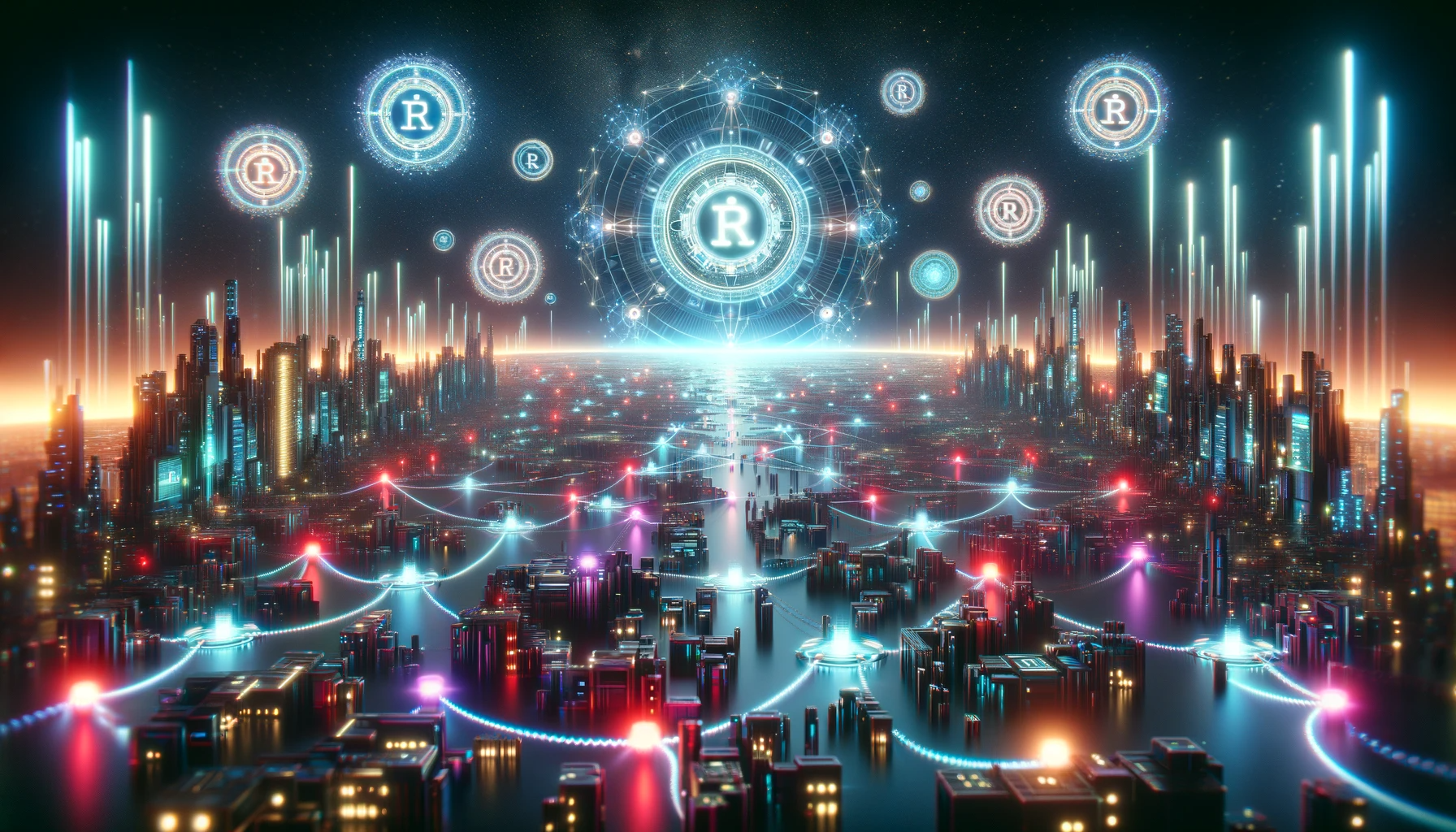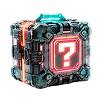Ronin is a platform that is designed for play-to-earn games. Within its first nine months, the Ronin platform achieved a milestone of 250,000 unique active addresses daily, $5 billion in total value locked (TVL), over 2 million wallet downloads, and 15% market share of all NFT transactions.

What is Ronin
Ronin is an EVM-based blockchain designed for monetization through gaming. Developed by Sky Mavis, it aims to decentralize games on the blockchain. Axie Infinity, a game on Ronin, saw a 300% increase in NFT trading volume in its first month. EVM and decentralization in the gaming industry.
In 2022, the Ronin blockchain suffered an attack, resulting in the loss of approximately $625 million in USDC and ether. According to Ronin, the breach was due to social engineering rather than a technical flaw, allowing hackers to access private keys and carry out fraudulent transactions.
Within a year of the attack, Ronin changed its validation method to enhance decentralization and reduce susceptibility to similar attacks. The new system protects the blockchain through RON token staking by users, who earn interest and support network operation.
Ronin Network Ecosystem
The Ronin ecosystem, tailored for the gaming industry, is optimized for almost instantaneous transactions and minimal fees, facilitating more effective in-game transactions. Originally, Ronin operated on a proof-of-authority (PoA) consensus, where trusted validators managed the network and verified transactions. However, due to concerns about the centralization of PoA methods, Ronin shifted to Delegated Proof of Stake (DPoS) for validator selection, allowing anyone with a sufficient amount of Ronin's native token, RON, to become a validator.
The Ronin ecosystem also includes several decentralized applications (dApps) built on the Ronin blockchain, facilitating development and gameplay.
- Ronin Bridge
This is an application for transferring tokens between the Ethereum and Ronin networks, acting as a multi-signature bridge, which means that a transaction requires approval from multiple bridge operators. This is aimed at enhancing the security and reliability of cross-network transactions and complicating unauthorized actions by malicious actors.
- Ronin Block Explorer
This block explorer application allows users to access real-time blockchain information, such as transactions, blocks, addresses, contracts, and tokens. It enables users to review transaction history, monitor transaction progress, and find accounts and contracts.
- RON Staking
This dApp allows RON token holders to delegate their RON to validators, manage their stakes, and receive rewards.
- Ronin Safe
This is a multi-signature wallet based on Gnosis Safe. As a multi-signature wallet, it requires signing multiple keys to complete a transaction, which provides security and can be implemented through the use of multiple devices or wallets to confirm transactions.
- Katana
A decentralized exchange within the Ronin ecosystem, offering features like Swap (for trading ERC 20 tokens), liquidity pool, yield farming, and Analytics to review earned fees.

Blockchain Platform Staking
Token holders who do not have enough RON to meet the minimum staking requirements can receive staking rewards and participate in the network by acting as delegators. To do this, they can deposit their RON stake to any validator (candidate validator, standard validator, or control validator).
The core principles of staking are:
- The staking token is RON.
- Token holders (including Governing Validators) must stake a minimum of 250,000 RON to become Validator Candidates.
- Staking becomes effective at the start of the next day.
- Standard Validators are selected daily from the top ten candidates with the highest staked amount.
- Validators can renounce their role and withdraw their tokens (unstake) after a waiting period of seven days.
- Delegators can unstake at any time, provided three days have passed since their last staking with that validator.
RON Tokenomics
The RON token is a utility token within the Ronin blockchain ecosystem, used for transaction payments on Ronin, as well as for community governance and utility through staking. Validators in the Ronin blockchain must own and stake RON to participate in block validation and are rewarded with newly issued RON. These rewards are distributed among validators and delegators.
The distribution of RON tokens is designated for various network functions and is expressed as a percentage of the total token supply:
| Category | Percentage |
|---|---|
| Rewards | 25% |
| Community Incentives | 30% |
| Sky Mavis | 30% |
| Ecosystem Fund | 15% |
The total maximum supply of RON is 1,000,000,000, and in theory, it could be fully unlocked after 108 months (9 years), provided that each unlocked token is issued. While the unlock schedule shows when tokens become available on a quarterly basis, in practice, unlocking occurs continuously rather than in large batches on specific dates each quarter.
The circulating supply increases as tokens are distributed from initial allocations or staking contracts as rewards to users and other parties. It may decrease if RON is bought back from the market and placed in the treasury. The circulating supply will never exceed the unlocked supply. Circulating supply data for RON can be accessed through the supply API endpoint.
The ecosystem fund will initially be managed by the Sky Mavis core team. The fund is established to foster the development of the Ronin network community. The primary principle of the fund is to add tangible value to the broader Ronin network ecosystem.




